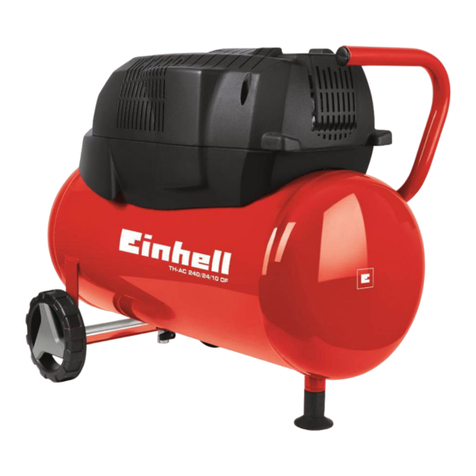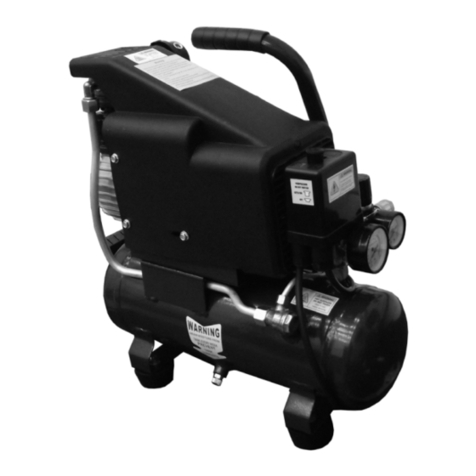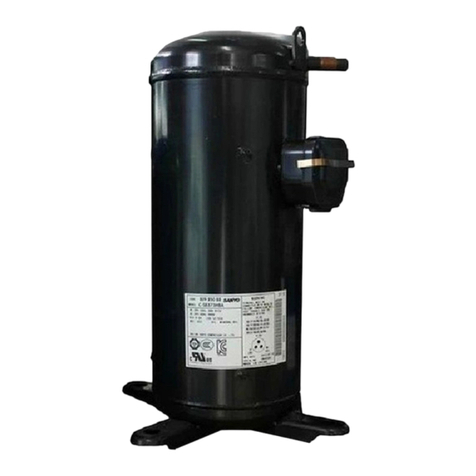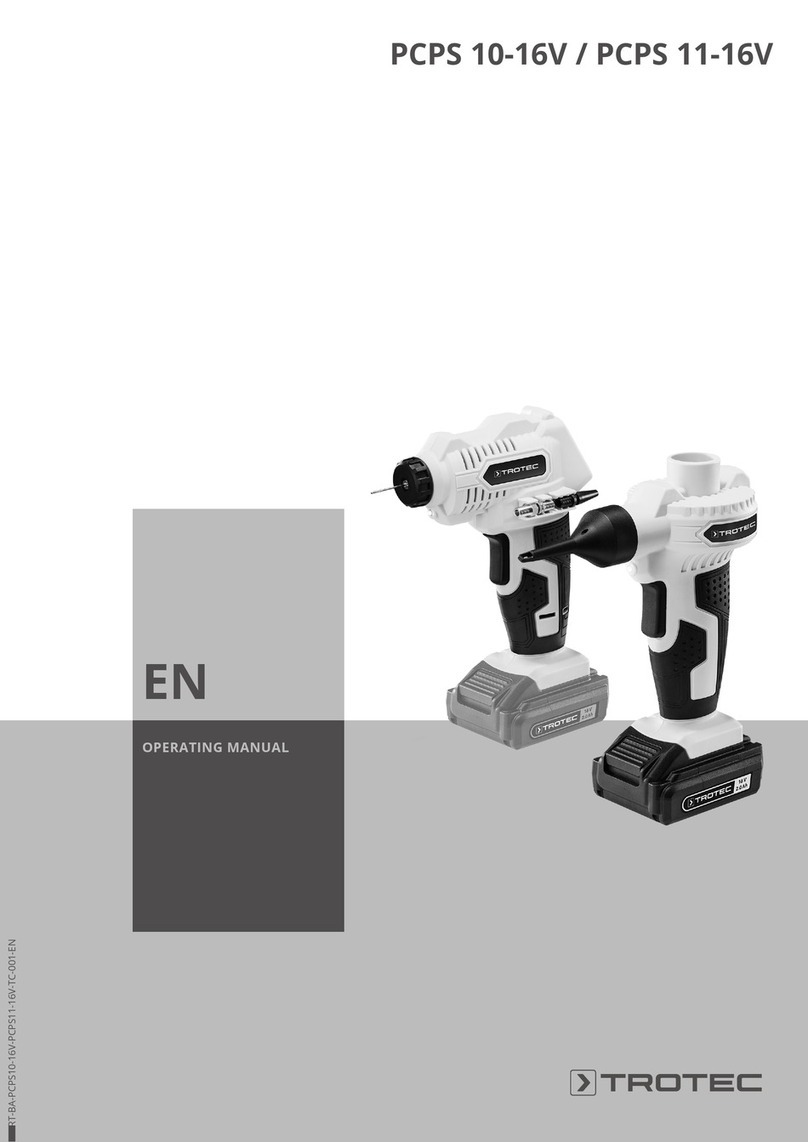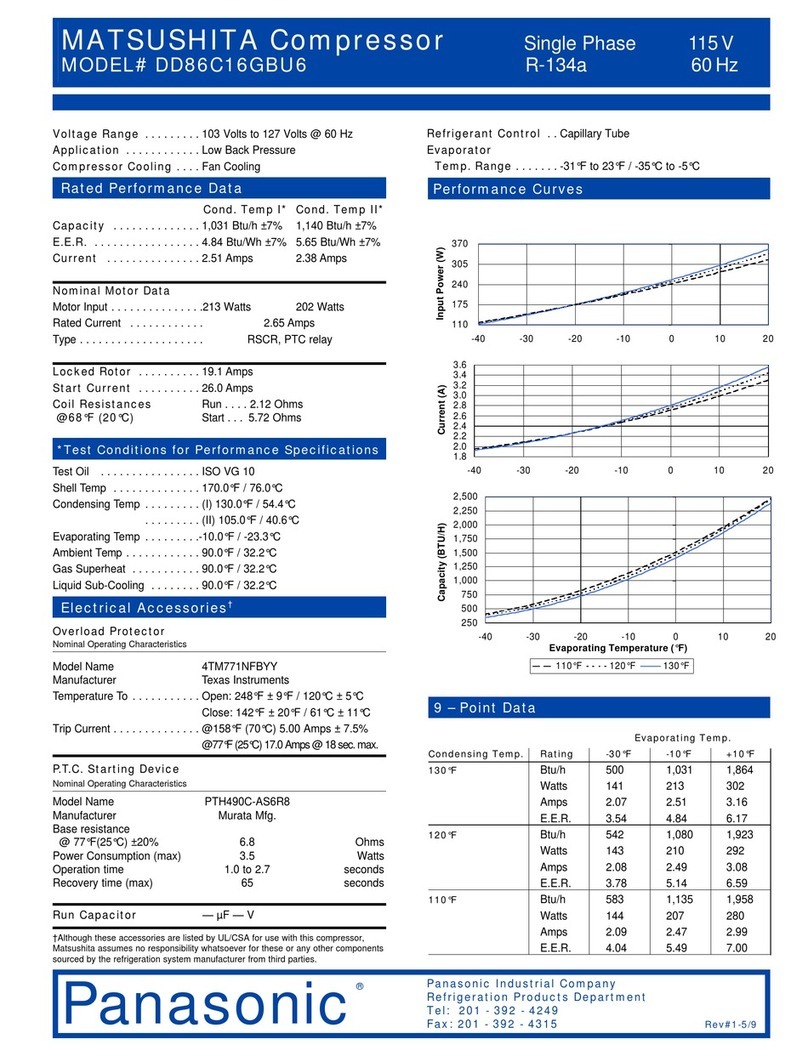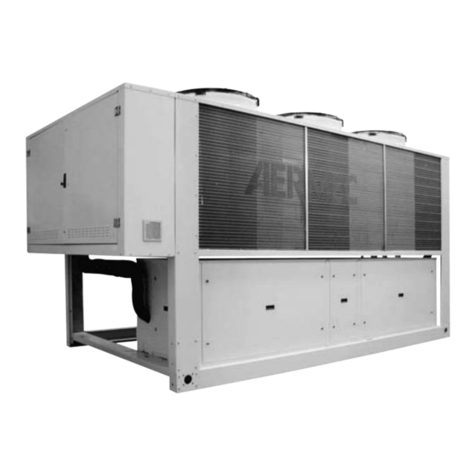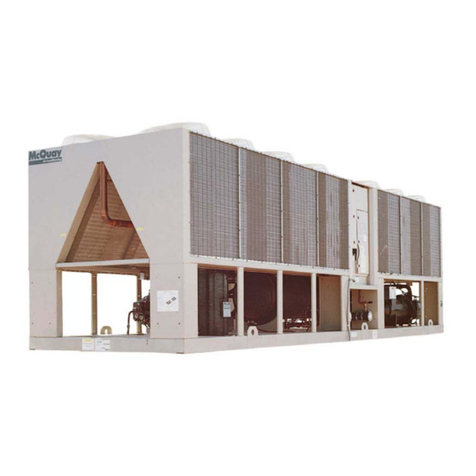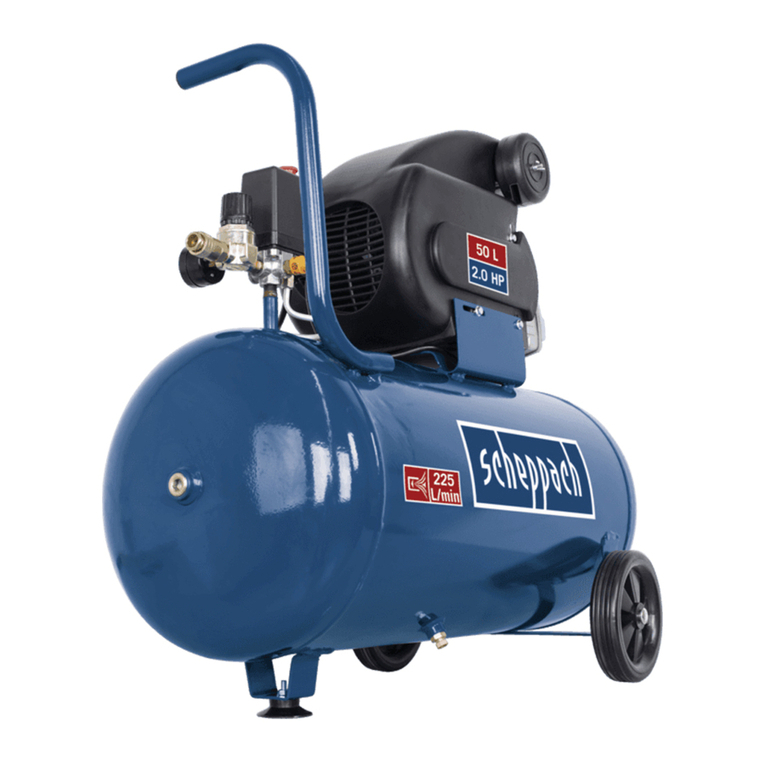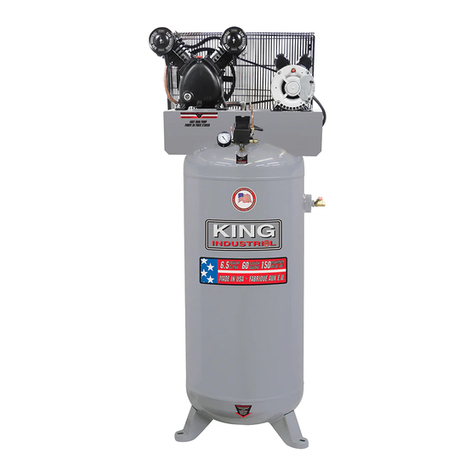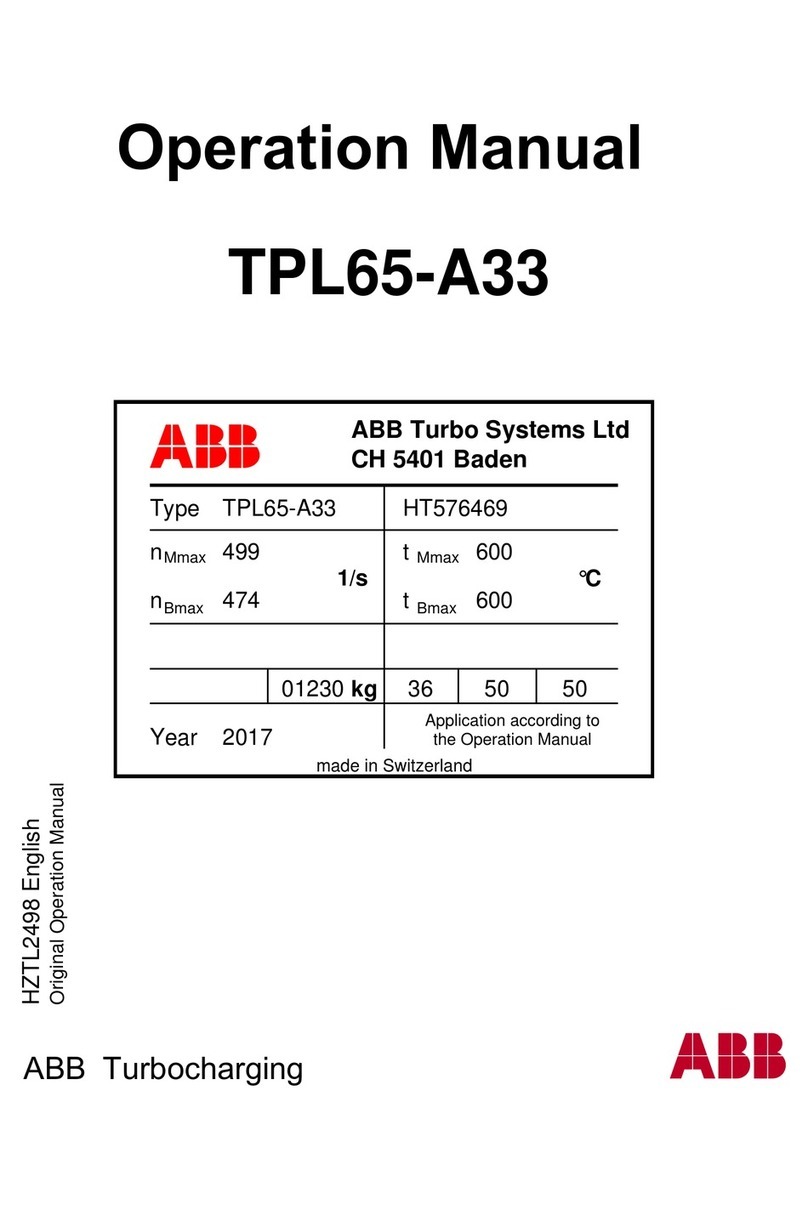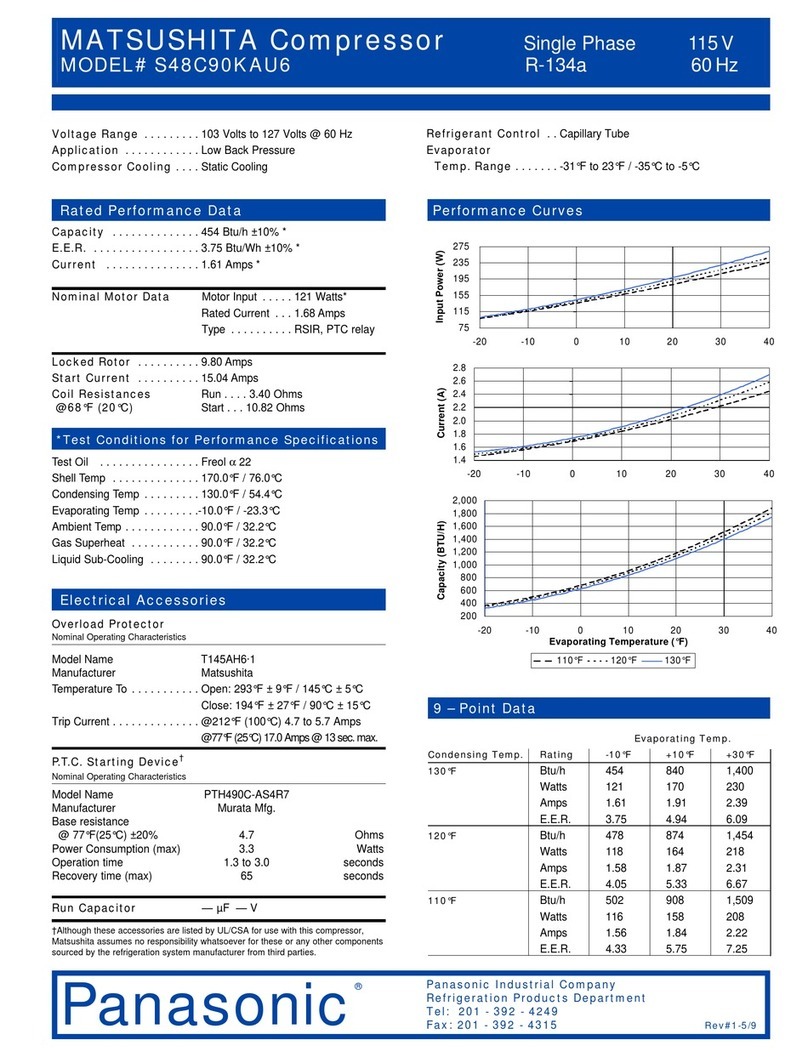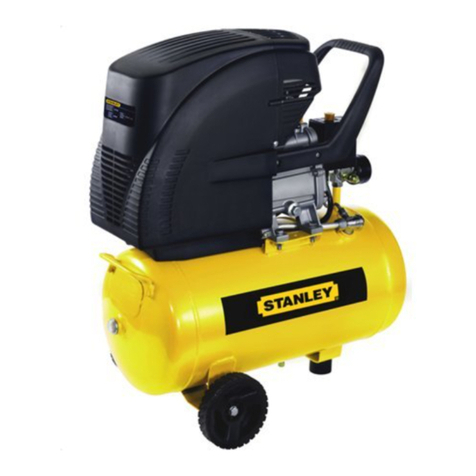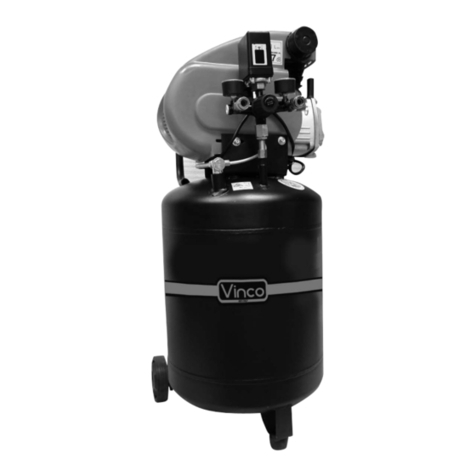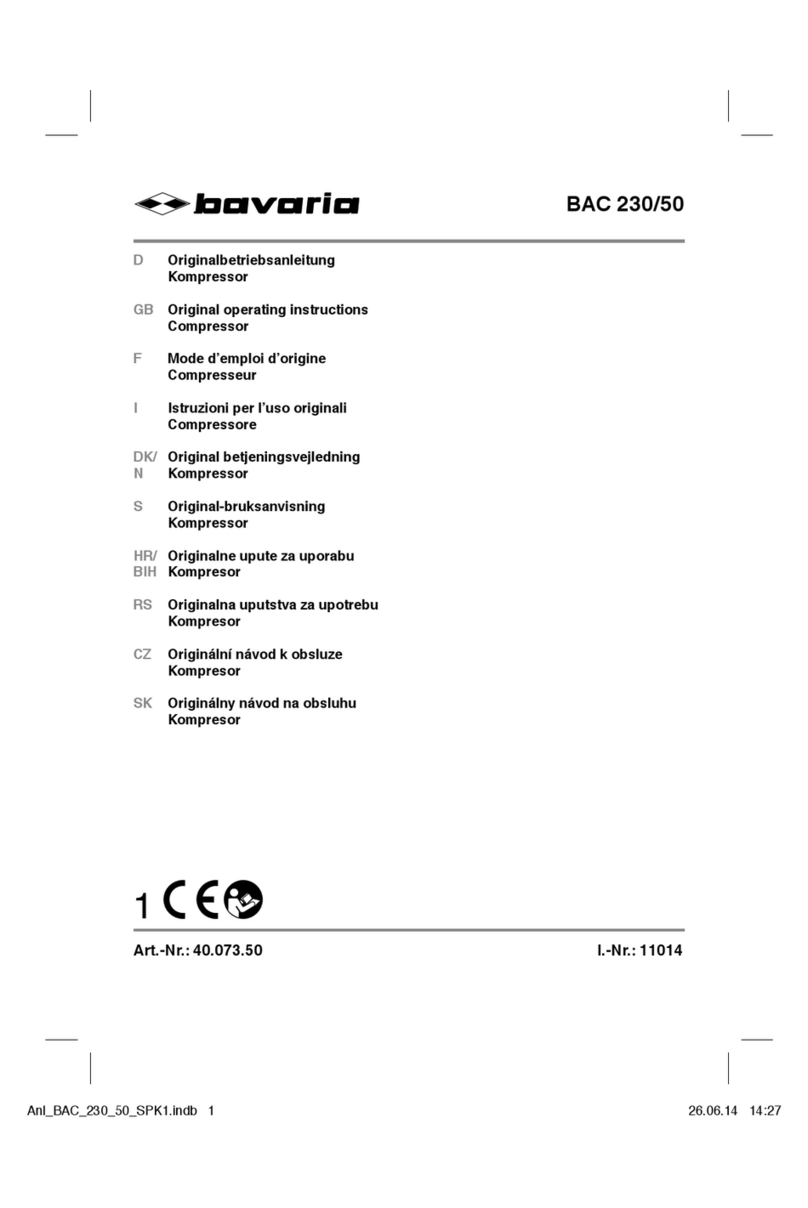Contents
1. Safety Precautions.............................................................................................................. 1
1.1 Electrical Safety...................................................................................................................... 1
1.2 Driving Components..............................................................................................................1
1.3 High Temperature and High Pressure.............................................................................. 1
1.4 Unit Drainage........................................................................................................................... 2
2. Inspection and Handling...................................................................................................2
2.1 Product Warranty of Compressors....................................................................................2
2.2 Check of Specifications and Model................................................................................... 2
2.3 Inspection of Accessories and Appearance................................................................... 3
2.4 Handling Precautions............................................................................................................3
3. Installation..............................................................................................................................4
3.1 Environment Requirements.................................................................................................4
3.2 Installation Location Requirements.................................................................................. 5
3.3 Ventilation and Cooling Requirements.............................................................................5
3.4 Selection Requirements for Air Rate of Ventilating fans............................................. 6
3.5 Warning..................................................................................................................................... 7
3.6 Suggestions for Pipeline...................................................................................................... 8
3.7 Electric Appliances Installation Precautions and Control System......................... 11
4. Introduction to the System............................................................................................14
4.1 Overall System......................................................................................................................14
4.2 Composition of the Compressor Unit.............................................................................14
4.3 Lubricating Oil System....................................................................................................... 15
4.4 Oil-gas Separation System................................................................................................ 15
5 Operation of Controller.................................................................................................. 16
5.1 Key Description.................................................................................................................... 16
5.2 Contents of Controller........................................................................................................ 16
5.3 Contents of User Parameter..............................................................................................19
5.4 Schematic Wiring Diagram................................................................................................ 20
5.5 Control Operation................................................................................................................ 21
5.6 Warnings and Prompts....................................................................................................... 22
5.7 Safety Protection..................................................................................................................23
6. Function Description of System Components...................................................... 24
6.1 Air Filter.................................................................................................................................. 24
6.2 Inlet Valve............................................................................................................................... 24
6.3 Oil-gas Barrel........................................................................................................................ 24
6.4 Oil Separator..........................................................................................................................25
6.5 Safety Valve........................................................................................................................... 25
6.6 Pressure Maintenance Valve.............................................................................................25




















